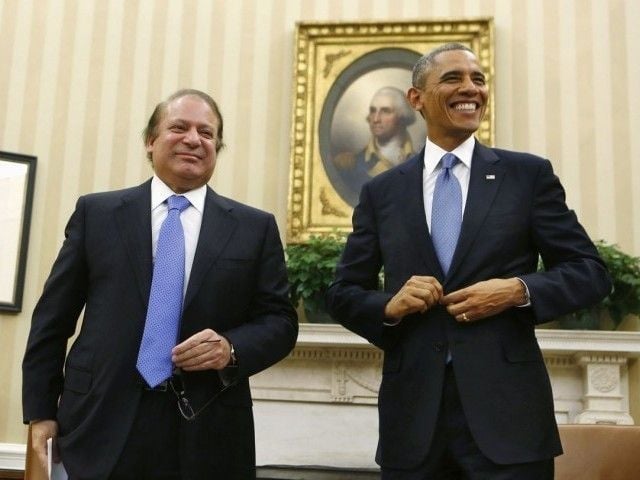
The drop scene of US-Pakistan relations
And yet, Pakistan does not deserve the entire blame in the unfortunate choices it made. Sitting next to a hostile mammoth country like India that never showed reluctance in using its national power, both soft and hard, to keep its troubled neighbour marginalised, in many matters Pakistan did not have time for serious introspection or lateral thinking. Right from the start, most of its precious time was taken by managing one disaster after another.
And yet even in this subconscious state of policymaking, two choices stand out as bright as the stars. Pakistan’s China policy and its relations with the US. Both were instinctive choices absolutely right on the money. China, Pakistan’s closest ally, despite being a socialist country, has never sought to export its culture into Pakistan and truly has been a friend in need. Pakistan-US relations, while mostly fragile and often transactional, never lacked in actual substance. Since the start of the relationship, Pakistan’s longest serving ally has also gained in abundance from the relationship. From the containment of the Soviet threat to curbing the menace of terrorism, Pakistan has gone an extra mile to make itself useful. The relationship’s true flaw lies in both sides’ failure to understand each other. Pakistan that has repeatedly failed to educate the American public about its societal and cultural strengths, and had to rely heavily on individuals to build relations. Naturally, the country’s dictators, looking for legitimacy when none existed, reached out to the US and often unilaterally committed to punching above the country’s weight. Ayub Khan led the country into SEATO and CENTO without developing national consensus on the matter. Ziaul Haq brought extremism, drugs and Kalashnikovs to Pakistan while fighting the Red menace with the green peril. Pervez Musharraf did not build consensus before agreeing to fight terrorism. Hurried policies meant to extend the dictator’s rule changed us and the US. The Americans got used to one-window operations and consequently started thinking that whenever the Pakistani state failed to comply with their wishes, it was basically by design and not due to its shortcomings. This ensured a bumpy ride and meant that this bride was often left at the altar. Meanwhile, Pakistan could not and would not do much to fight the Indian propaganda about its state and society.
And while Pakistan was lucky in having allies like China whose state did not try to impose its worldview on the country and the US, whose core values are enlightening, it was not as fortunate in many other cases. Pakistan’s progress in the Muslim world was often dominated by the sectarian conflict between two of its leading theocracies — Saudi Arabia and Iran. Both tried to export their brands of revolution to Pakistan, radicalised it as much as possible. Paranoid as they are, both Iran and Saudi Arabia fanned anti-American feelings inside Pakistan. Our Saudi friends often exacted more tribute than they deserved in shape of a foreign policy dominated by religion. No one has sufficiently tried to understand the true context of revelations made by WikiLeaks’ Saudi cables about close encounters between Haqqanis and the Saudi embassy. The fear of isolation drives the country towards half-hearted allies who ensure its isolation.
The current dynamic of US-Pakistan relations
So today, Pakistan again finds itself in a struggling relationship with the US. The US Congress has put a hold on the subsidised sale of eight F-16s to the country. But this time, instead of rushing to quick fixes, Islamabad needs to exhibit patience. America is in transition today owing to the election cycle. And like it or not, it is one of the best relationships we have. We need to invest more in it and fight Indian propaganda by educating American society about Pakistan’s culture, society and sacrifices. The Americans also need to take a stock of external pressures on our policy choices and help us avoid them. There is no point in denying that the Pakistan-US alliance is a reality. This time it has the potential to transform Pakistan into a truly harmonious democracy.
Published in The Express Tribune, May 14th, 2016.
Like Opinion & Editorial on Facebook, follow @ETOpEd on Twitter to receive all updates on all our daily pieces.








































COMMENTS (18)
Comments are moderated and generally will be posted if they are on-topic and not abusive.
For more information, please see our Comments FAQ